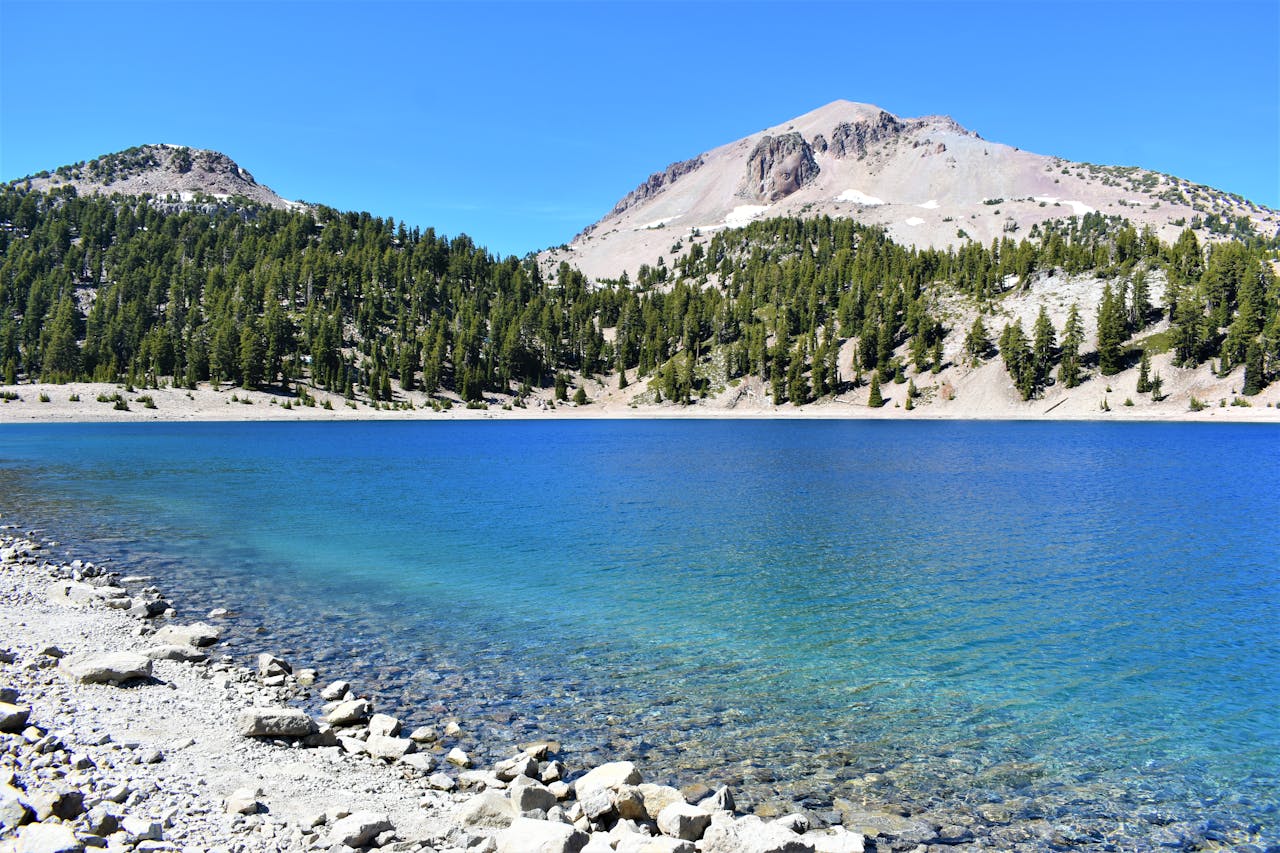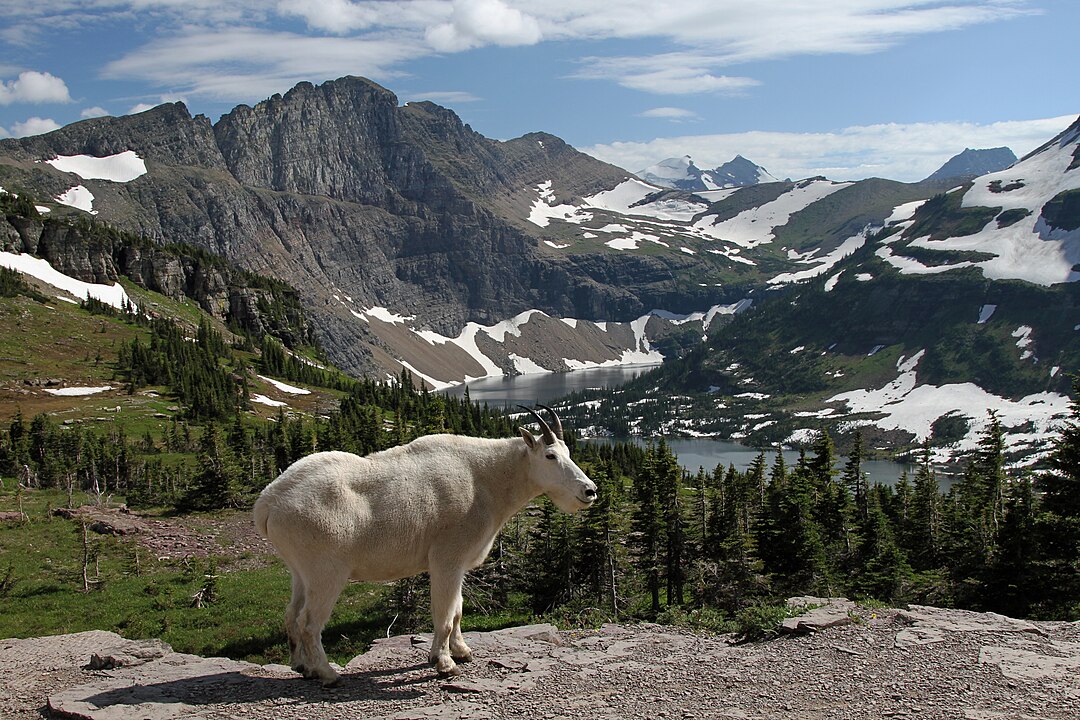Not every grand landscape asks for a queue. Some parks trade jammed overlooks for quiet trailheads, wide horizons, and night skies that actually glow. Distance helps, so do shoulder seasons and weekday arrivals, but the real secret is scale: canyons, reefs, and island shores that swallow visitors without losing their hush. These places reward early coffee, patient roads, and a map that looks past the headline hike. What waits is room to breathe and scenes that linger long after the dust settles.
Great Basin (Nevada)
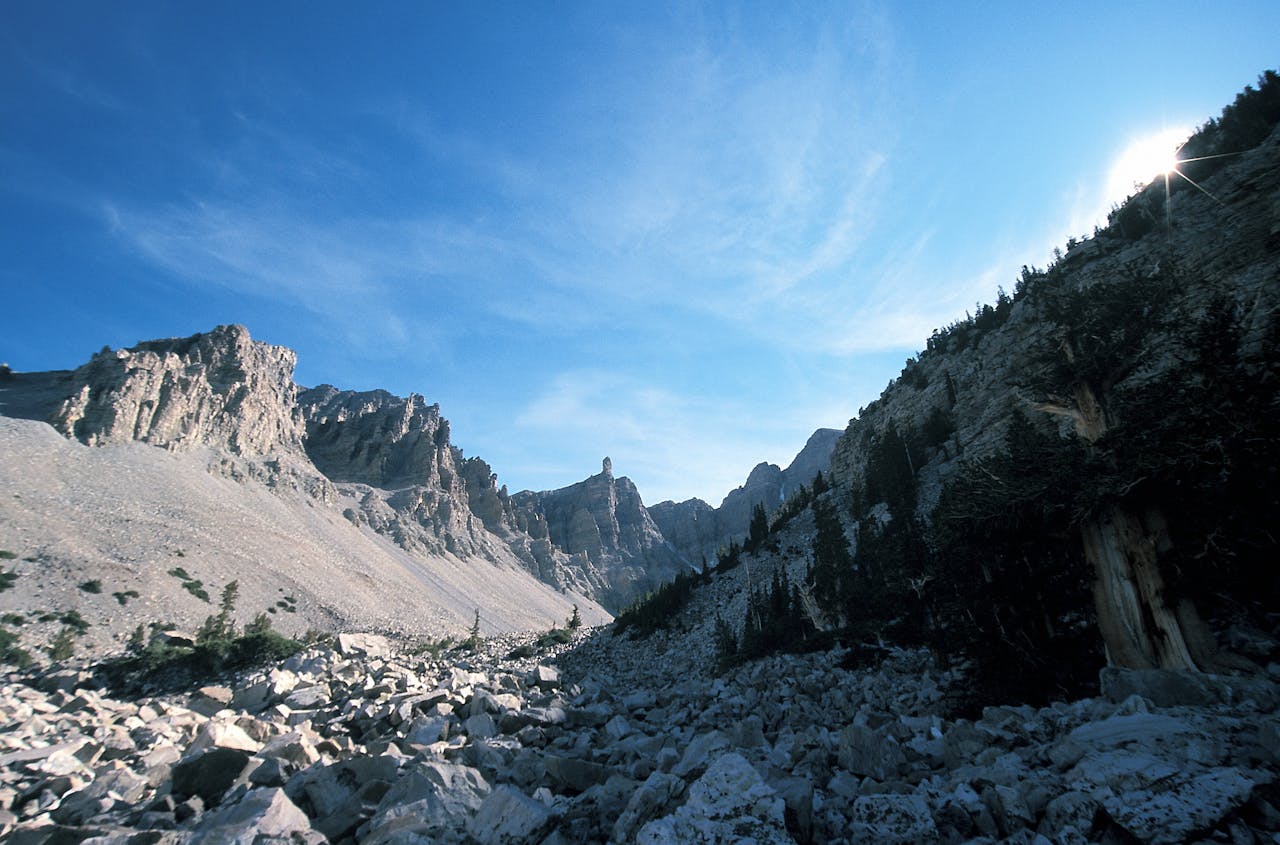
High desert folds into bristlecone groves and a stubborn glacier on Mount Wheeler’s shoulder. Lehman Caves adds a cool counterpoint to sunlit ridges, with guided routes that feel personal rather than rushed. Crowds stay modest thanks to long approaches and a short alpine season. Stargazing is the quiet headline; skies here rank among the darkest in the lower forty eight. Trails climb from sage to subalpine in a morning, delivering four seasons’ worth of moods in a single day.
North Cascades (Washington)
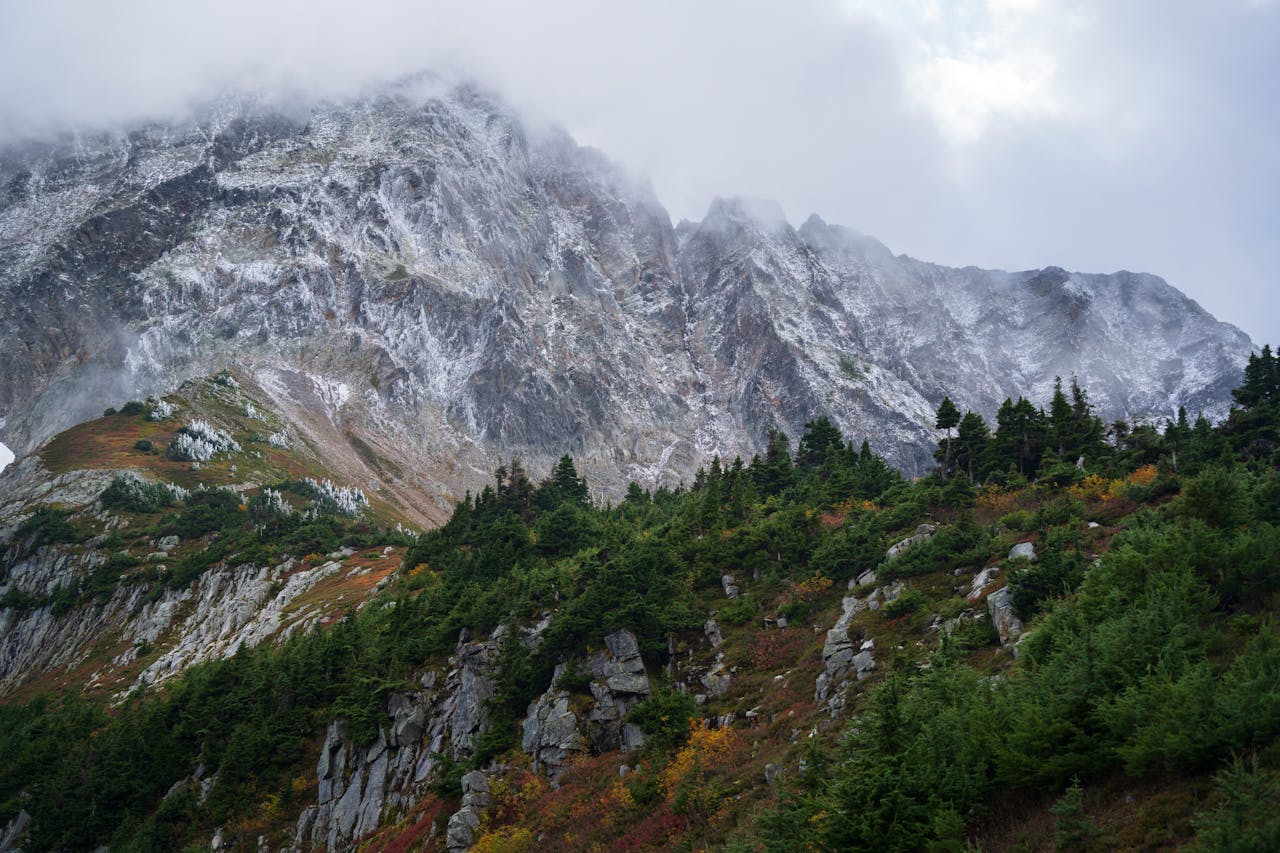
Jagged peaks, teal reservoirs, and golden larch basins deliver drama without the crush of nearby icons. The highway strings viewpoints and trailheads that scatter hikers across deep valleys. Short, steep paths reach meadows where pikas chirp and glaciers hang like careful brushstrokes. Weather runs honest, so sun breaks feel earned and fog can turn a ridge into a private gallery. Rustic lodges and small campgrounds keep evenings calm, with lake surfaces going glassy as the light thins.
Guadalupe Mountains (Texas)
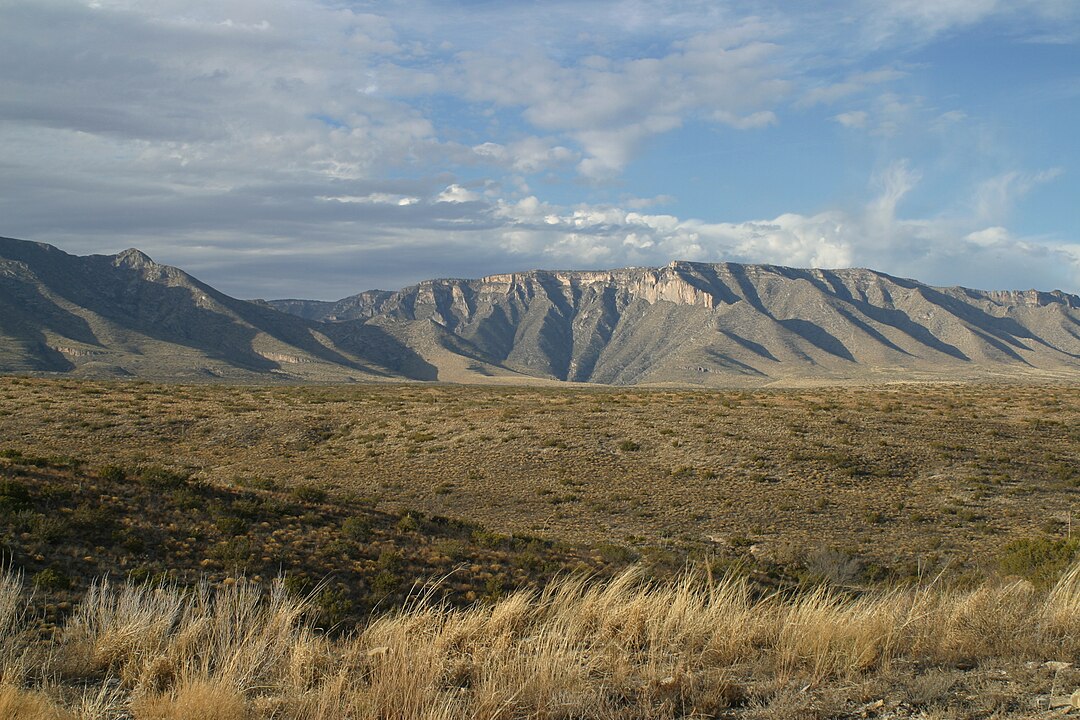
Texas’ roof rises from the Chihuahuan Desert in fossil reef cliffs that catch the day’s last fire. The climb to Guadalupe Peak earns a summit view that rarely feels crowded, even on fair weekends. McKittrick Canyon glows in fall, yet narrow corridors naturally limit numbers. Desert trails trade sotol for riparian shade where mule deer drift through. Night lands hard here and stars arrive early, stretching ridge to ridge until the wind is the only sound left.
Theodore Roosevelt (North Dakota)

Badlands break into striped buttes where bison, pronghorn, and bands of wild horses share long sightlines. The park’s north and south units disperse traffic, so overlooks and short loops keep their hush. Cottonwoods line the Little Missouri, giving shade that makes midday walks realistic. Scenic drives place you at trailheads that slip into solitude within minutes. Sunsets paint broken clay in warm tones, and the feeling is simple: a working landscape that still leaves room for watchful hours.
Black Canyon of the Gunnison (Colorado)
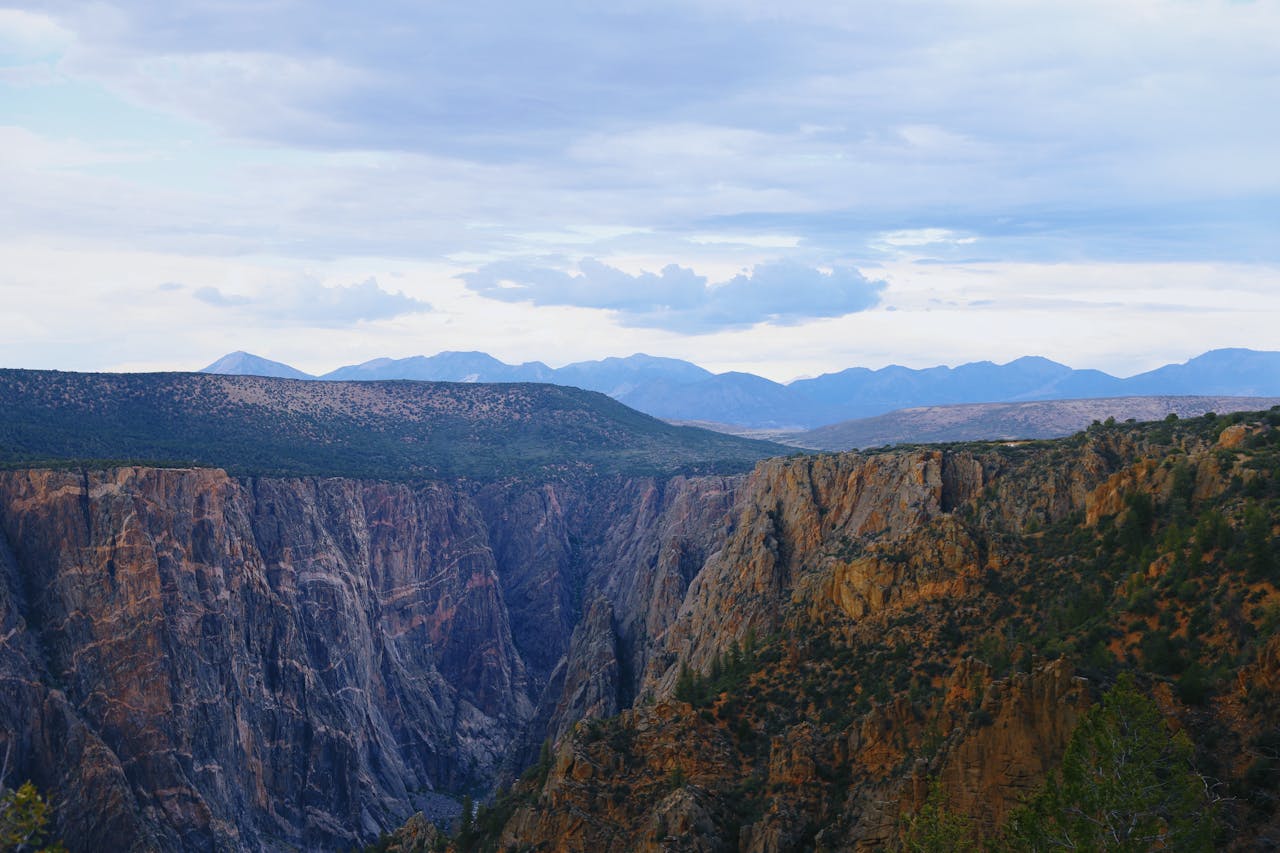
Walls drop fast to a tight river polished to ink, with spires catching thin seams of light. The South Rim offers intimate viewpoints while the quieter North Rim rewards those who make the loop. Short trails reach edges where swifts stitch across the void and the river roars far below. Campgrounds rarely brim into chaos, and nights settle into starry silence. It is a place that asks for stillness and answers with awe that quietly narrows the voice.
Lassen Volcanic (California)
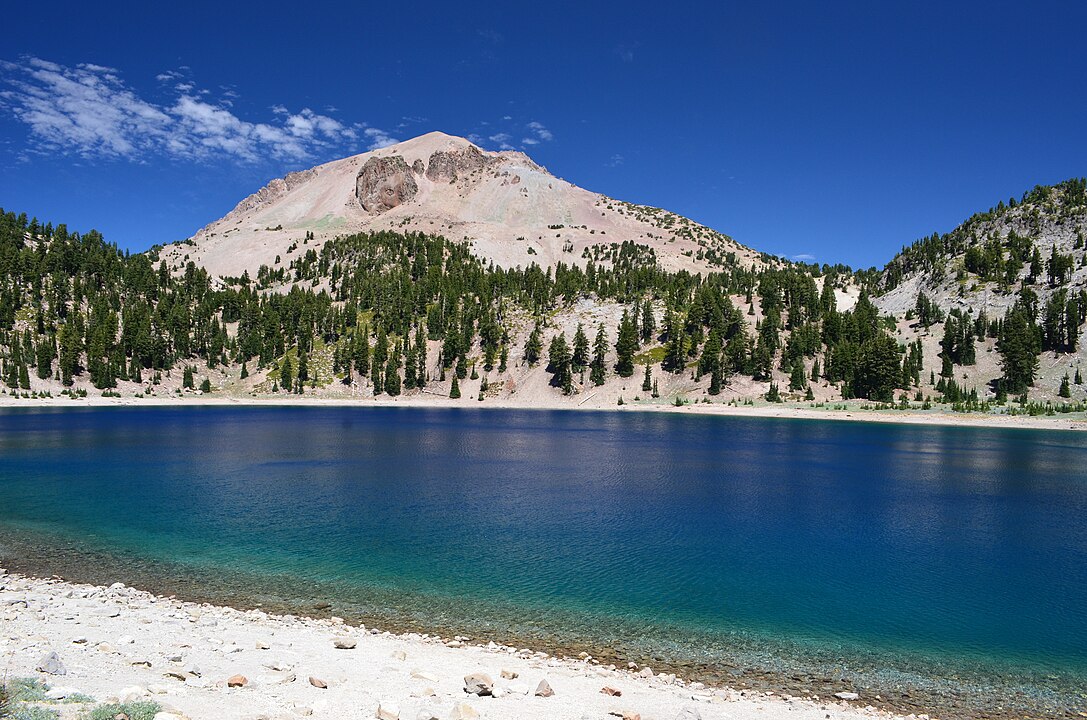
Boiling springs, plug domes, and alpine meadows pack a compact geology lesson with room to wander. Boardwalks steam at Bumpass Hell while cold lakes mirror snow that lingers late. Summer brings flowers and quick swims; fall trades color for crisp air and extra space. With the Sierra absorbing the spotlight, Lassen keeps to a comfortable rhythm. Scenic drives connect short walks that deliver outsized payoffs, and the night sky restores a sense that time can truly slow.
Congaree (South Carolina)
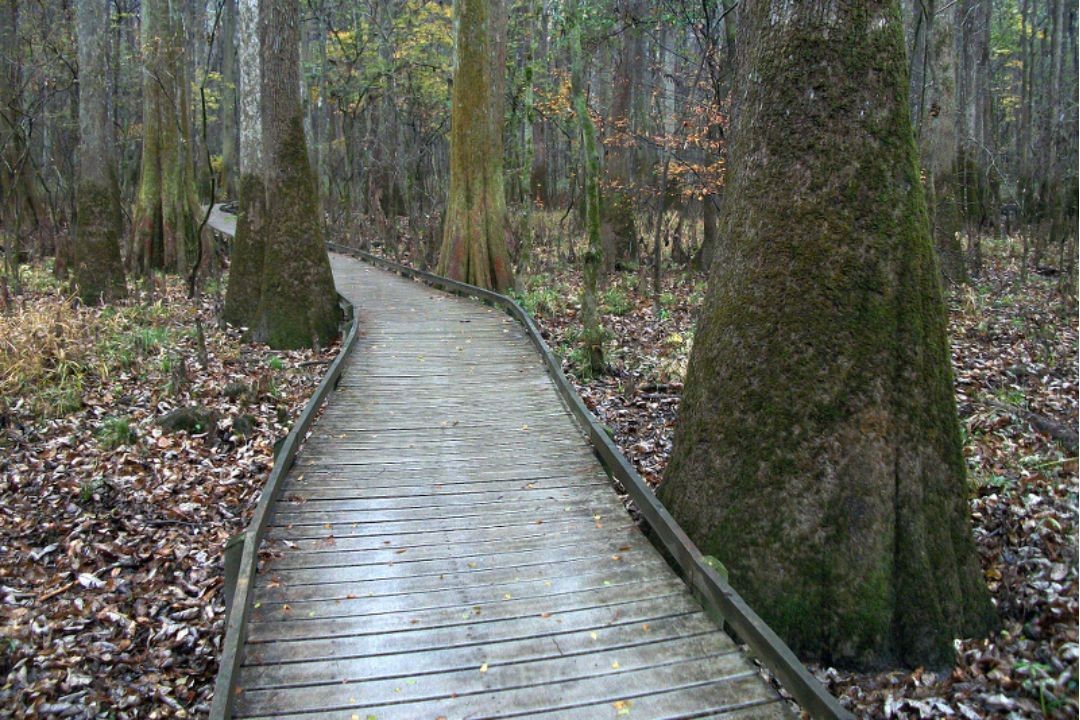
America’s tallest hardwoods rise from a floodplain where boardwalks lift feet above tea colored water. Canoes drift through cypress knees and morning light that looks poured rather than shone. Mosquitoes have a season, yet cool months deliver long, unhurried days. Birdsong carries and barred owls trade calls as dusk gathers. Proximity to Columbia keeps logistics easy, but the forest’s scale and hush do the real work of thinning crowds to a pleasant, respectful murmur.
Channel Islands (California)

Five wild islands sit a short boat ride from Ventura, yet feel like another latitude. Kelp forests flicker below cliffs, foxes pad along quiet trails, and sea caves echo with paddles. Visitor caps keep coves spare, even on bright weekends. Each island reads differently, from ridges and grasslands to pocket beaches, so return trips feel new. With few services on most landings, days stretch on simple terms: water carried in, wind in the grass, and a clean horizon.
Voyageurs (Minnesota)
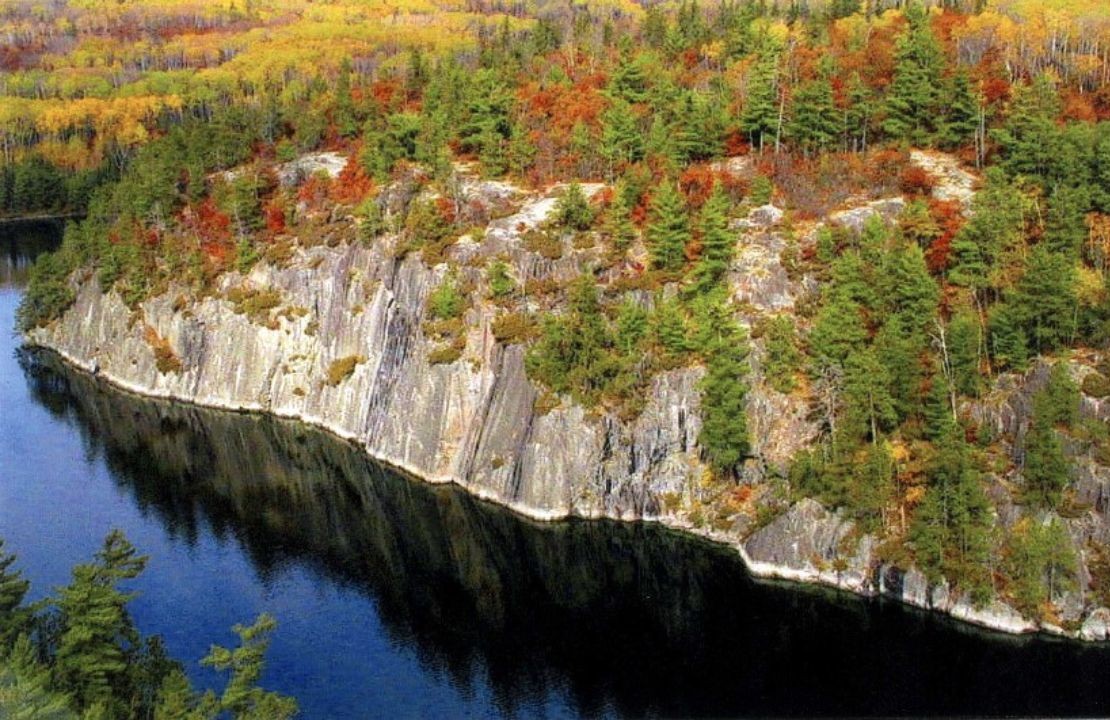
Water is the road here. Houseboats and canoes slip between granite shores while loons write the evening soundtrack. Campsites scatter across lakes and channels, which turns peak season into a mosaic rather than a crowd. Aurora shows up on honest nights, and black spruce skirts mirror the sky. Short portages link quiet bays where time unspools between paddle strokes. The pace is unforced, and the reward is a map that trades trail junctions for coves and inlets.
Big Bend (Texas)
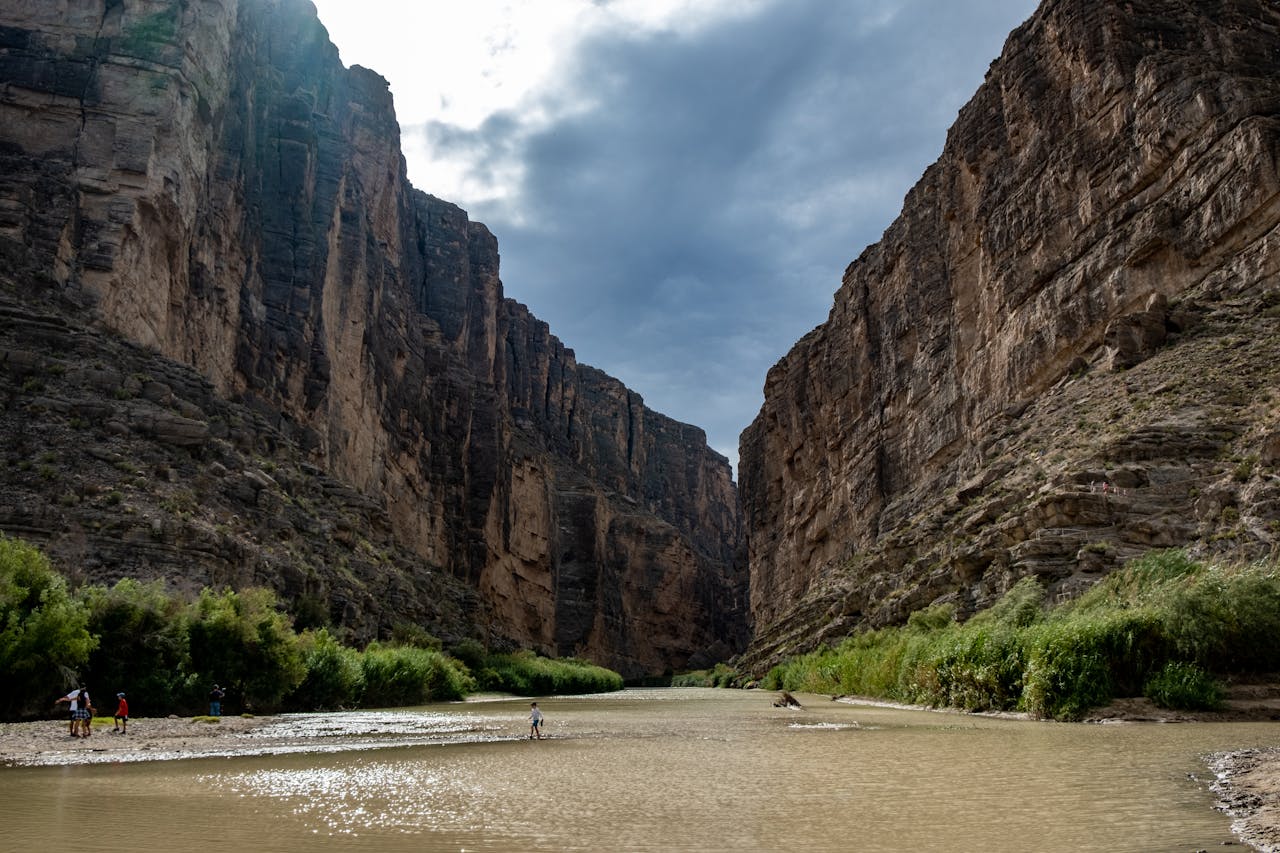
Desert, river, and mountains meet at a bend that earns its name. Trails climb from ocotillo flats into pine scented Chisos heights in a single day, while the Rio Grande boxes sound into a gentle hush. Distance from big airports limits numbers, and night skies run textbook dark. Spring blooms, winter clarity, and generous shoulder seasons widen the window. It is a place that gives space back, even at overlooks, asking only steady water and an easy tempo.
Capitol Reef (Utah)
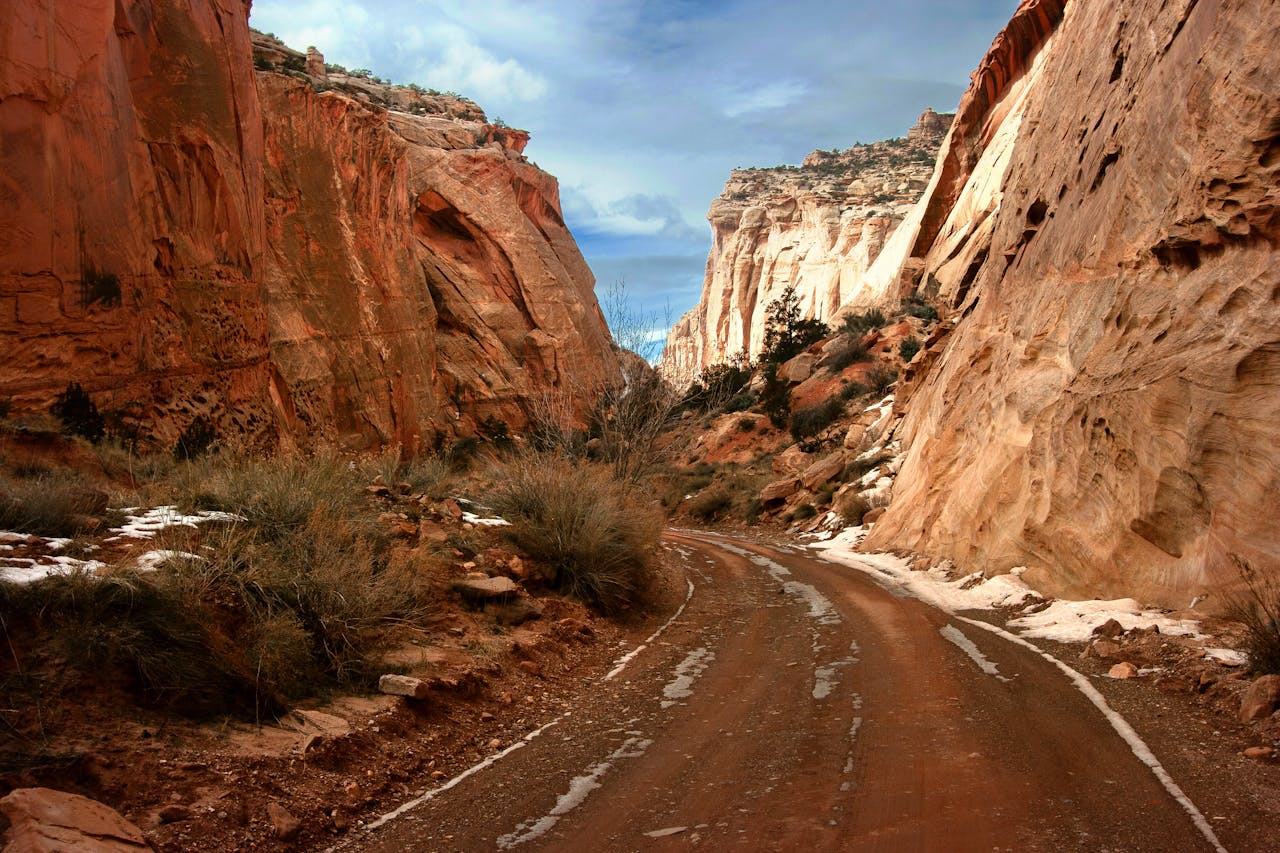
Sandstone folds like ribbon candy along the Waterpocket Fold, then drops into orchards where deer graze under heirloom trees. Scenic drives reach domes and slots without the standstill traffic found elsewhere on the plateau. Fruita’s historic district offers shade, pie, and a sense of place that lingers after hikes. Backroads and broad overlooks disperse visitors, so even popular stops breathe. Late light drapes the walls here, turning afternoon into a long, unhurried golden hour.
